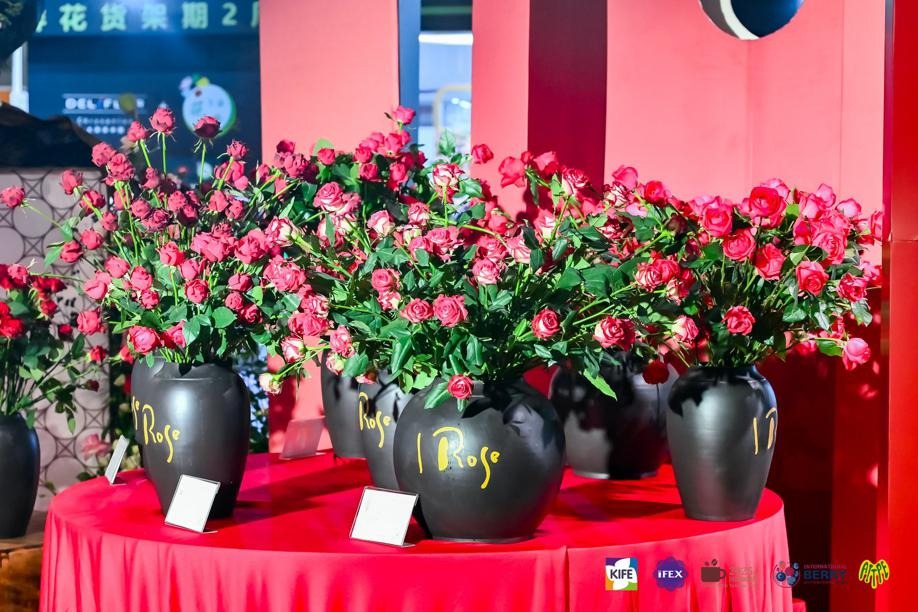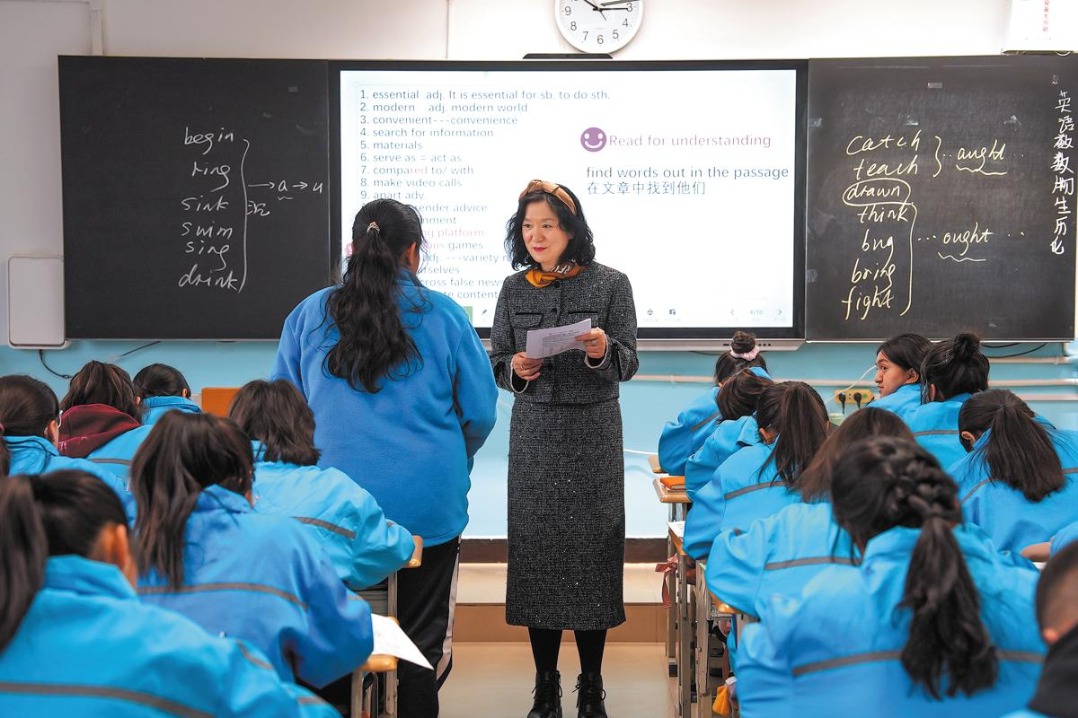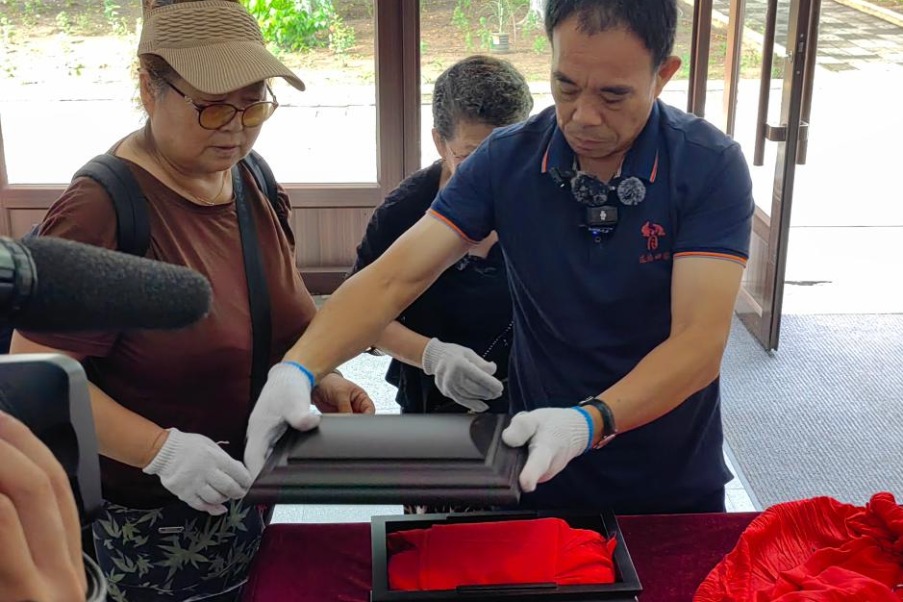Dongying advances ecological protection at Yellow River estuary


Dongying, a coastal city in Shandong province at the Yellow River estuary, is making strides in green and low-carbon development while improving ecological protection in the basin.
On Friday, more than 30 journalists from China and abroad visited the city to see how ecological restoration and sustainable growth are taking shape.
At the Yellow River Delta National Nature Reserve, reeds swayed in the wind and flocks of birds skimmed the wetlands, a sharp contrast to the alkali wasteland of 30 years ago. Established in 1992, the 1,530-square-kilometer reserve protects the estuary's wetland ecosystem and endangered bird species.
"This area boasts the most complete wetland ecosystem in China's warm temperate zone," said Zhou Licheng, director of the reserve's scientific research center. He noted that removing invasive cordgrass, restoring native vegetation, and strengthening benthic habitats have improved food sources and resting places for migratory birds.
The number of bird species in the reserve has increased from 187 in the early 1990s to 374 today. Over the past two years alone, 450 oriental stork chicks have been bred there.
"During the migration season, millions of birds rest, forage, and breed in the Yellow River estuary, creating spectacular formations known as 'bird arrays' and 'bird waves'," Zhou said. "That's why the estuary is called an 'international airport for birds'."
Zhao Yajie, deputy director of the Yellow River Delta Ecological Monitoring Center, added that two of the world's nine major migratory flyways pass through the delta, underscoring its global importance.
Last year, the habitat was added to the World Natural Heritage List.
Dongying's identity has long been tied to Shengli Oilfield, one of China's largest. Now the city is also pioneering low-carbon energy practices. At the Lai 113 Carbon Capture, Utilization and Storage facility, carbon from industrial exhaust is piped underground and used to enhance oil recovery.
"This approach not only permanently stores carbon dioxide, but also activates low-efficiency oil reservoirs," said Yu Fazhen, the CCUS project's manager. Daily crude oil production in the block has doubled, from 220 metric tons to 460.
- Dongying advances ecological protection at Yellow River estuary
- Xi extends greetings ahead of farmers' harvest festival
- Baihua Literature Award recognizes 45 works in Tianjin
- Xinjiang's Grand Bazaar delights visitors without travel plans
- Chinese schools blend tradition, technology to energize campus sports
- Tianjin fair showcases Beijing-Tianjin-Hebei agricultural products





































